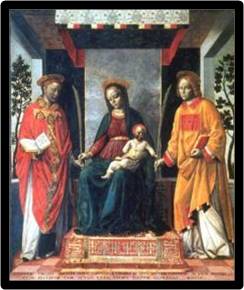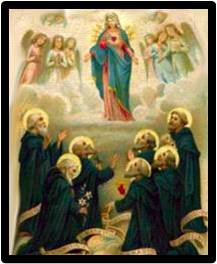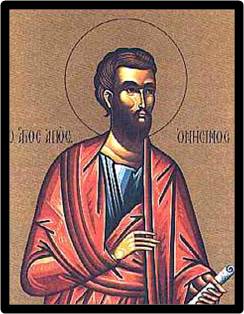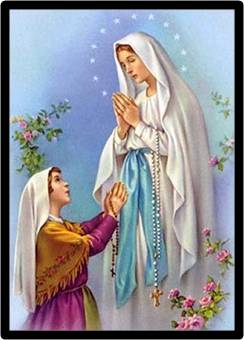FEBRUARY 15 - ST. FAUSTINUS AND ST. JOVITA

St. Faustinus and St. Jovita were brothers born in a noble family and lived in Brescia, Italy. From the time they were young, Faustinus and Jovita were well-known for their great love for God. They were eager professors of the Christian religion, which they preached without fear in their city of Brescia in Lombardy, during the persecution of Adrian.
They also performed works of Christian charity. They helped each other do good for the people who needed them. The bishop of Brescia made them both priests. They began to preach everywhere, to both the rich and the poor.
They spared themselves no sacrifice to bring many people to God. Because it was a time of persecution, it was easy to be afraid. But Faustinus and Jovita would not give in to fear of the soldiers even though these soldiers were actually putting many Christians to death.
They were preaching the Gospel fearlessly in the region when Julian, a pagan officer, arrested them. They were commanded to adore the sun, but replied that they adored the living God who created the sun to give light to the world.
The statue before which they were standing was brilliant and surrounded with golden rays. Saint Jovita, looking at it, cried out: “Yes, we adore the God reigning in heaven, who created the sun. And you, vain statue, turn black, to the shame of those who adore you!” At his word, it turned black. The Emperor commanded that it be cleaned, but the pagan priests had hardly begun to touch it when it fell into ashes.
They were left without food in a dark jail cell, but Angels brought them strength and joy for new combats. And no matter what the two priests suffered, they would not promise to stop preaching about Jesus. They kept an attitude of prayer even in that terrible prison. In fact, they willingly offered up their sufferings to the Lord.
The two brothers were sent to the amphitheater to be eaten by lions, but four lions came out and lay down at their feet. The flames of a huge fire did not burn them, and a large number of people who saw this were converted and became Christians at the sight.
Finally the Emperor ordered that they be beheaded, and they knelt down and received the death blow. The city of Brescia honors them as its chief patrons and treasures their relics (remains).



